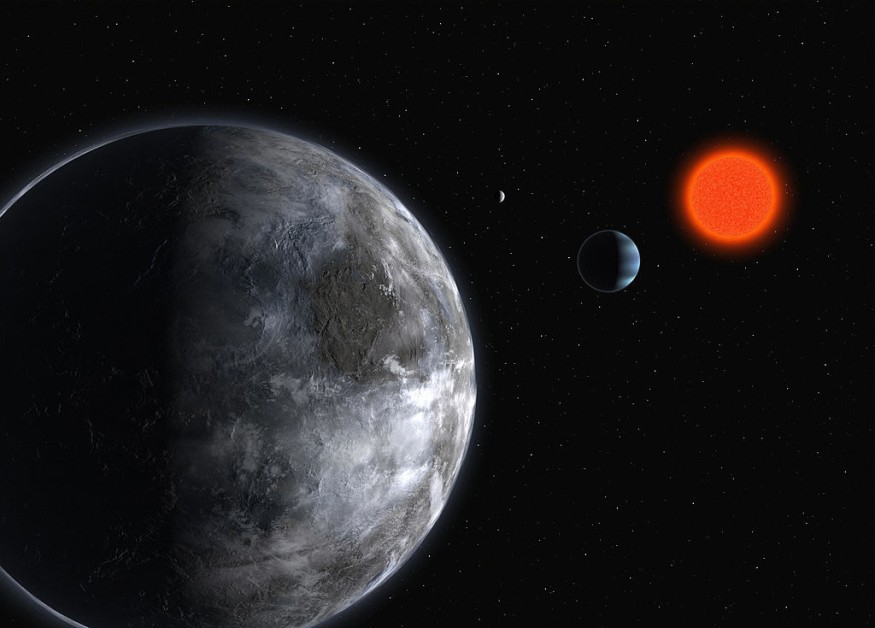
Astronomers have identified one of the youngest planets ever observed, a groundbreaking discovery that sheds light on the early stages of planetary formation.
Named TIDYE-1b, the planet is located 430 light-years from Earth in the Taurus Molecular Cloud, a region known for its rich star-forming activity.
Estimated to be just 3 million years old, TIDYE-1b is a cosmic infant compared to Earth, which is approximately 4.5 billion years old, said Universe Today.
Lead researcher Madyson Barber from the University of North Carolina highlighted the significance of the discovery, stating, "This discovery lets us witness planetary formation in real time, offering insights into how worlds like our own might emerge."
The planet was detected using NASA's TESS (Transiting Exoplanet Survey Satellite) through the transit method. This technique observes slight dips in a star's brightness when a planet crosses in front of it.
Baby Planet's Rare Visibility Challenges Planet Formation Theories
What makes TIDYE-1b especially remarkable is its visibility despite the surrounding protoplanetary disk—a dense cloud of gas and dust where planets typically form.
Normally, such disks obscure young planets, but TIDYE-1b's tilted orbit allowed astronomers to catch a rare glimpse.
Andrew Mann, an associate professor involved in the study, noted, "The unusual alignment of the disk and the planet defies our current understanding of planetary formation, challenging long-standing theories."
TIDYE-1b completes an orbit around its star every nine days and is roughly 11 times Earth's size, though much less dense. Researchers suggest it may eventually evolve into a "super-Earth" or a "sub-Neptune," types of planets absent in our solar system but common across the galaxy, according to Nature.
© 2025 ScienceTimes.com All rights reserved. Do not reproduce without permission. The window to the world of Science Times.












